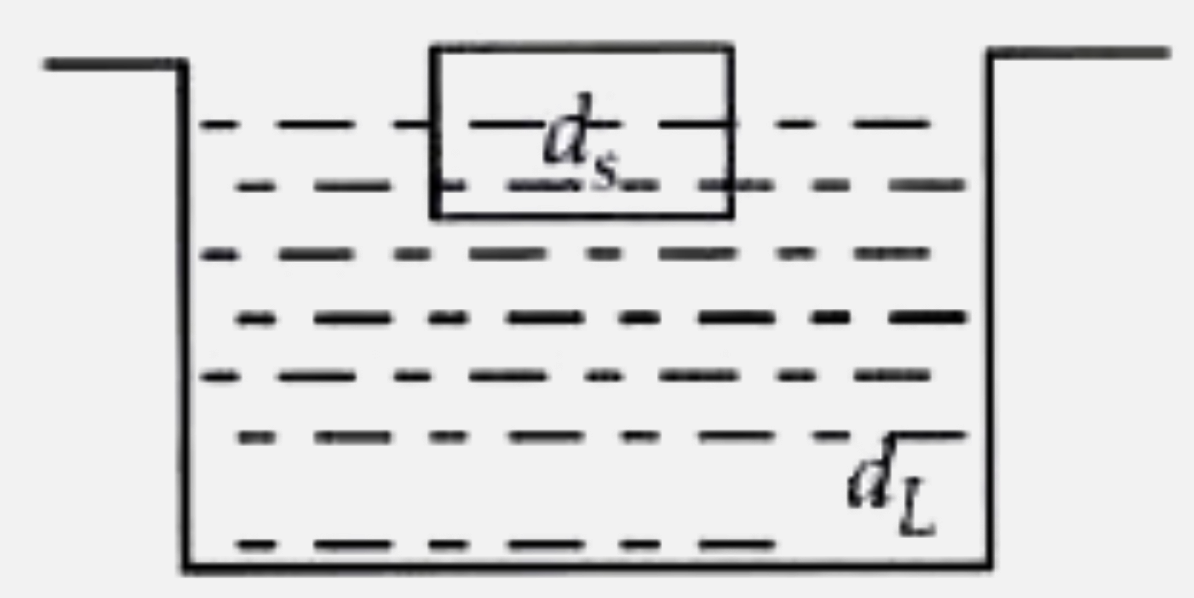L.S.D. is : -
Hallucinogenic
Sedative
Stimulant
Tranquiliser
The correct Answer is:A
Step-by-Step Solution:
1. Identify the abbreviation: LSD stands for lysergic acid diethylamide. This is the first step in understanding what LSD is.
2. Understand the classification: LSD is classified as a psychedelic drug. This means it has effects on perception and consciousness.
3. Recognize the primary effects: LSD is known to be a potent hallucinogen. This means it induces hallucinations, which can include vivid colors and altered perceptions of reality.
4. Examine the options: The question provides four options:
- Option 1: Hallucinogenic
- Option 2: Sedative
- Option 3: Stimulant
- Option 4: Tranquilizers
5. Evaluate each option:
- Sedative: These are drugs that calm anxiety and promote sleep. LSD does not fit this category.
- Tranquilizers: These are used for acute stress reactions and panic attacks. LSD does not serve this purpose.
- Stimulant: These drugs increase central nervous system activity. LSD does not act as a stimulant.
- Hallucinogenic: This option aligns with the known effects of LSD, as it induces hallucinations and alters perception.
6. Select the correct answer: Based on the evaluations, the correct answer is that LSD is a hallucinogenic drug.
Final Answer:
LSD is a hallucinogenic drug.
---
- Option 1: Hallucinogenic
- Option 2: Sedative
- Option 3: Stimulant
- Option 4: Tranquilizers
- Sedative: These are drugs that calm anxiety and promote sleep. LSD does not fit this category.
- Tranquilizers: These are used for acute stress reactions and panic attacks. LSD does not serve this purpose.
- Stimulant: These drugs increase central nervous system activity. LSD does not act as a stimulant.
- Hallucinogenic: This option aligns with the known effects of LSD, as it induces hallucinations and alters perception.
LSD is a hallucinogenic drug.
Similar Questions
Knowledge Check
Assertion : D-glucose is dextrorotatory whereas L-glucose is laevorotatory.
Reason : D-compounds are always dextro and L-compounds are always laevorotatoryAIf both assertion and reason are true and reason is the correct explanation of assertion.BIf both assertion and reason are true but reason is not the correct explanation of assertion.CIf assertion is true but reason is false.DIf both assertion and reason are false.
Draw a labelled diagram of L. S. of the kidney.
View SolutionGo through this figure of L.S. of an embryo of grass

View SolutionA lamp of negligible height is placed on the ground l1 away from a wall. A man l2m tall is walking at a speed of l110m/s from the lamp to the nearest point on the wall. When he is midway between the lamp and the wall, the rate of change in the length of this shadow on the wall is
(a)−5l22m/s (b) −2l25m/s (c)−l22m/s (d) −l25m/s
View Solution
The figure above shows a solid of density dS floating in a liquid of density dL.
What is the relation between dS and dL in the above case?
View SolutionThe first and last term of an A.P. are a and l respectively. If S is the sum of all the terms of the A.P. and the common difference is given by l2−a2k−(l+a) , then k= (a)S(b) 2S (c) 3S (d) none of these
View SolutionThe first and last term of an A.P. are a and l respectively. If S is the sum of all the terms of the A.P. and the common difference is given by l2−a2k−(l+a) , then k= (a)S(b) 2S (c) 3S (d) none of these
View Solution
The figure above shows a solid of density dS floating in a liquid of density dL.
What is the apparent weight of the floating body?
View Solution
